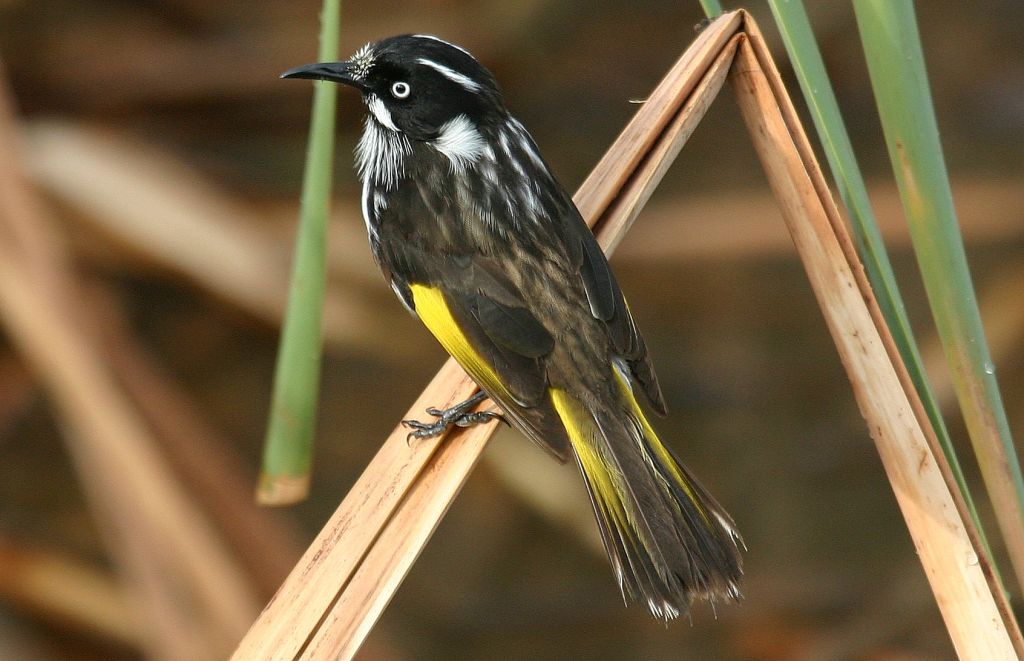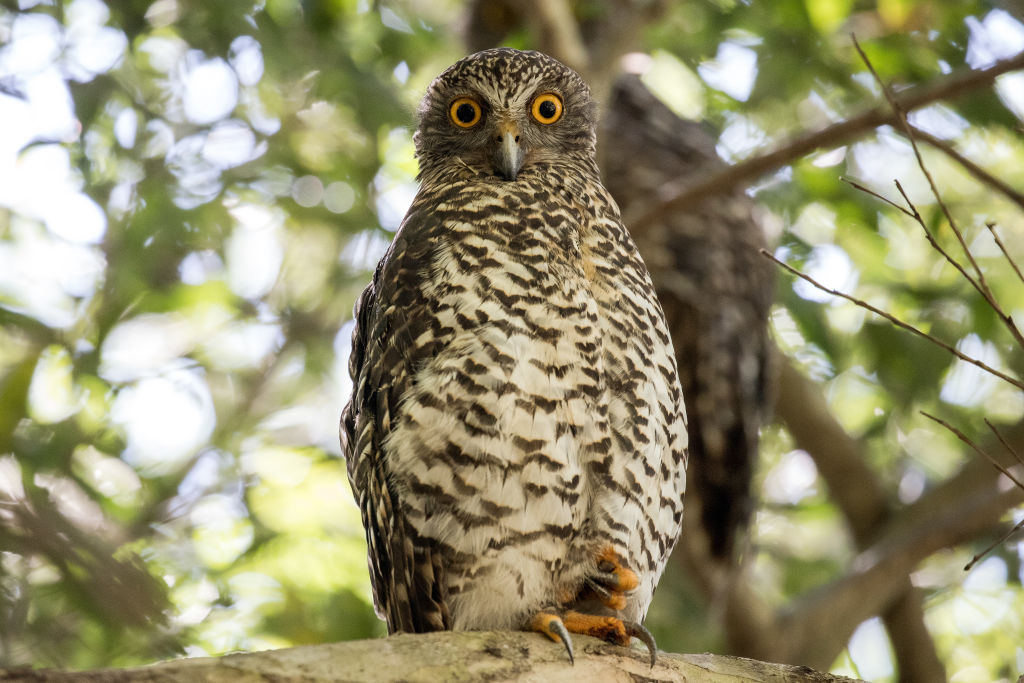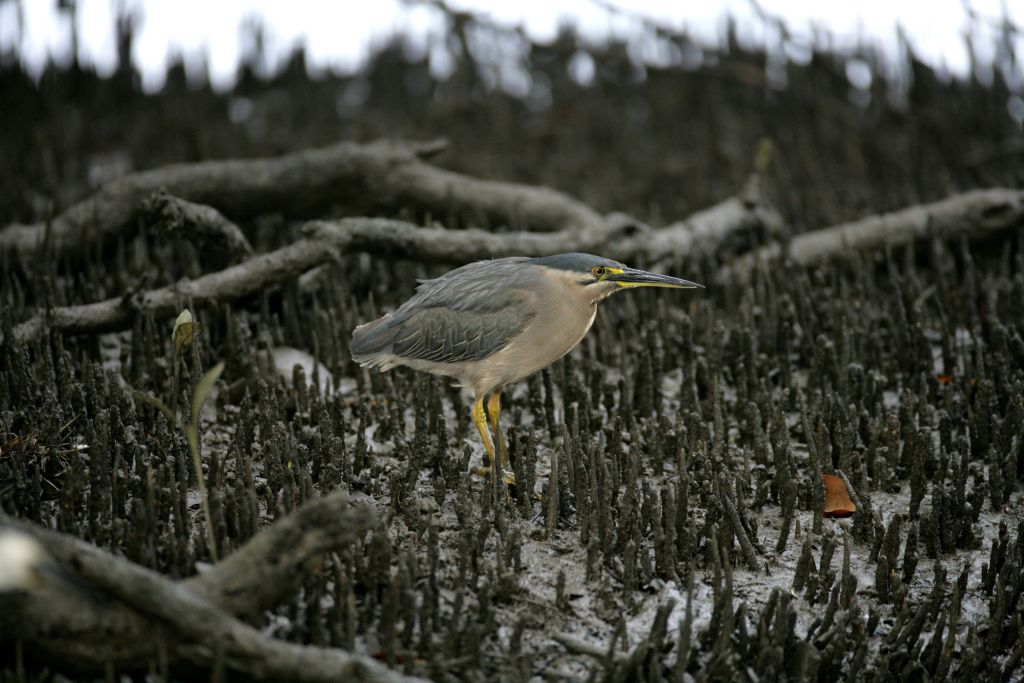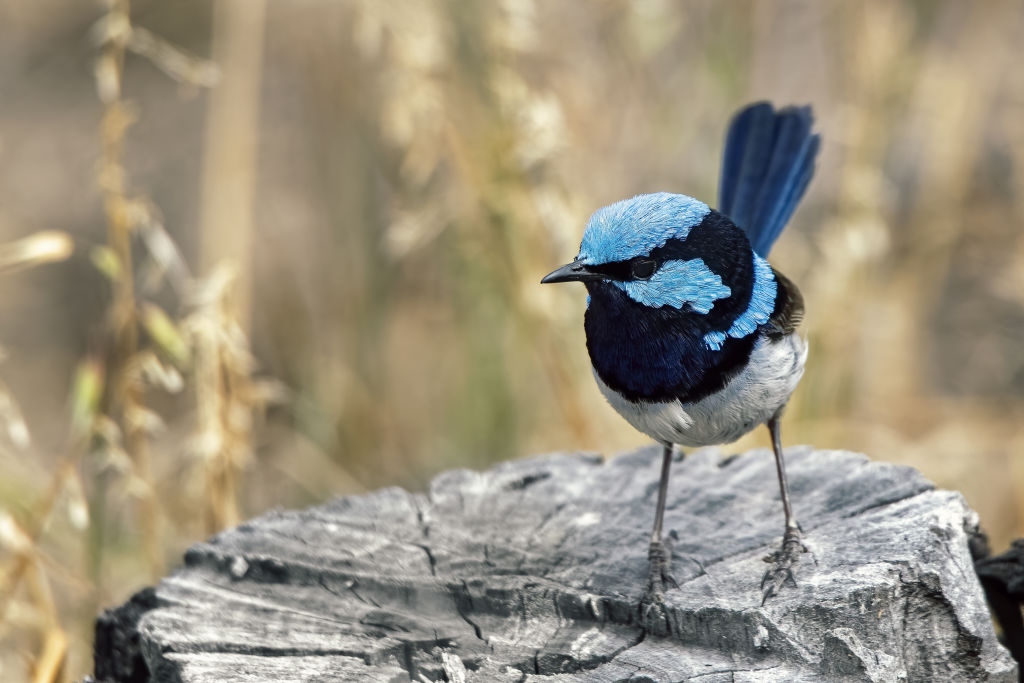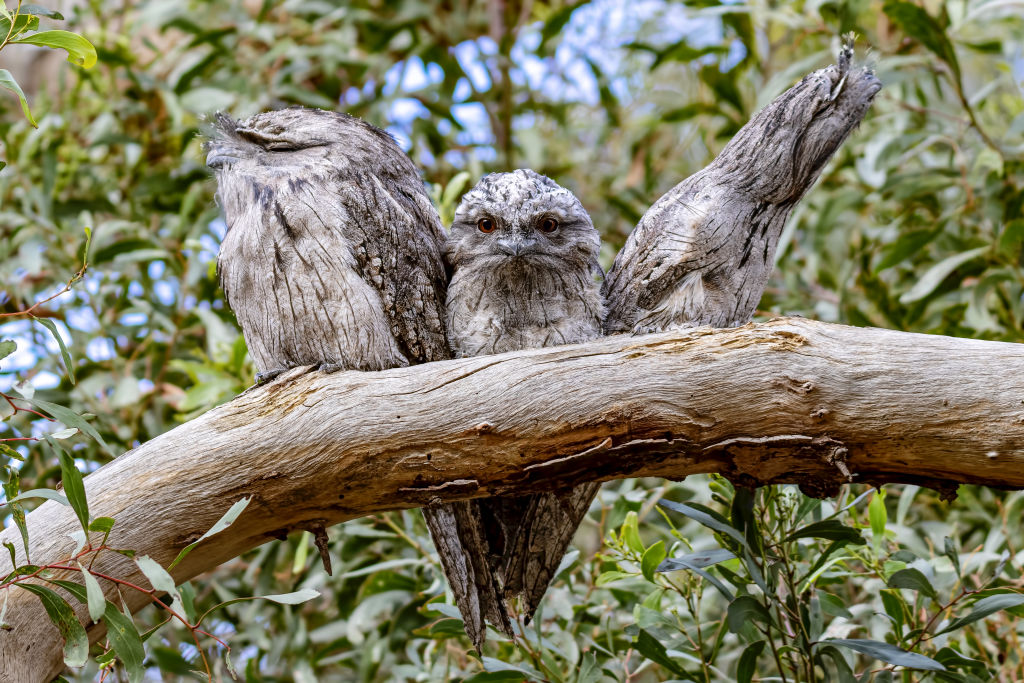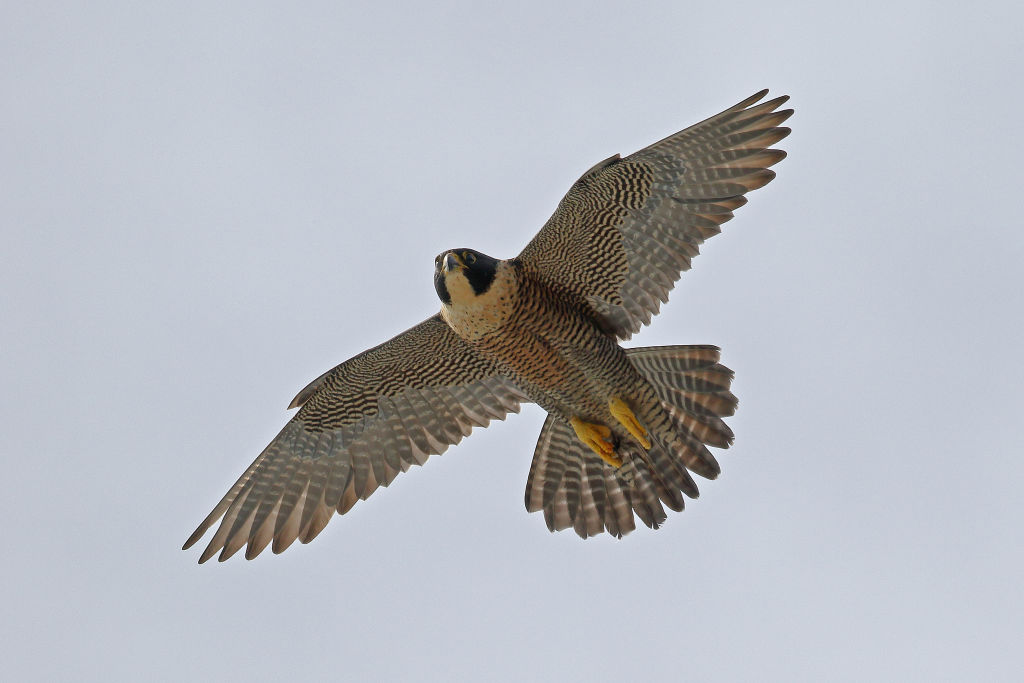Count the birds that are counting on you
Register to take part in the Aussie Bird Count. Just spend 20 minutes in your favourite outdoor space and tell BirdLife Australia about the birds you see during that period. There’s a built-in “bird finder” tool to help you identify birds you’re unsure of. You'll be helping BirdLife Australia find out about the common species that live where people live. This is important because it’s these more common species that give us the best indication of the health of the environment. Every count helps.
Published 9 October 2020, updated 1 November 2023
